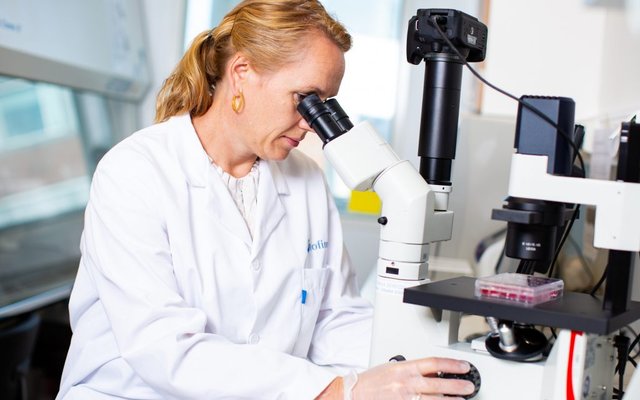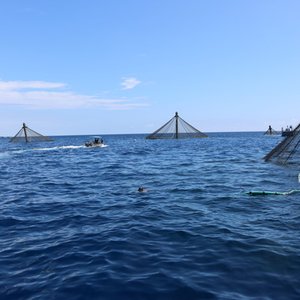Sea lice is one of the biggest challenges facing the aquaculture industry and environmentally friendly solutions that effectively limit lice attachment with little or no negative impacts on fish welfare are needed. Research has shown that several species of Pacific salmon are unattractive as hosts of sea lice. Detailed research is needed to uncover the genetic basis for these differences and see if this knowledge can be utilized to prevent sea lice infestation in farmed Atlantic salmon.
In an effort to provide solutions to the sea lice problem, genetics researchers at Nofima, along with partners from the United Kingdom, the U.S., Canada, Sweden and Australia, and fish breeding and production companies, are embarking on a new project funded by the Norwegian Seafood Research Fund (FHF). Researchers will utilize the Nobel Prize-winning gene-editing method, CRISPR-Cas9, as a test of what genes affect how attractive salmon is as a host of lice.
“If we can reveal the differences in the genetic code that cause lice to be attracted to Atlantic salmon or that makes the skin of North American salmon a bad place for sea lice to settle and develop, then it may be possible for us to use that information to make Atlantic salmon resistant to sea lice and improve its health,” said Nofima’s senior researcher and project leader, Nick Robinson.
CRISPR-Cas9 is a tool that makes possible targeted changes to the genetic code. “CRISPR-Cas9 is still a relatively new technology in the aquaculture research but it can allow for very precise and targeted changes at specific genes in the salmon genome known to be involved in cross-species variation in resistance to lice and the success of its use depends on the type of change that is needed and on the position and code of the gene to be edited,” said Professor Ross Houston of the Roslin Institute, whose team will work closely with Nofima on this project.
Researchers will evaluate the chemical components that each salmon species releases. Then they will test how sea lice react to each of the chemicals released by Atlantic salmon and which of them can attract or repel lice. Finally, researchers will determine what genes are affecting the production of these chemicals and the response of different cells in the skin and will test how these genes can be “disrupted” using CRISPR-Cas9 to make Atlantic salmon unattractive to lice.
If they succeed in the laboratory, salmon must be thoroughly tested up to adult size in closed facilities to investigate how effective the change is and reveal any potential unwanted side effects. Robinson emphasizes that this project will not make genetically edited fish available to the industry and that further testing will be needed. It is up to the aquaculture industry and the authorities, with other stakeholders, to determine whether these new tools can be deployed and, if so, the best approaches to their introduction, researchers said.
“We will invite NGOs and others who are interested in seafood production to get input on what social and moral consequences the research and possible implementation could have for the Norwegian society. With such input, we can adjust the work underway and create a responsible plan that balances animal welfare, ethics and law,” said Robinson.
The project will be led by the Norwegian Fisheries, Aquaculture and Food Research Institute (Nofima) with the following research partners: the Roslin Institute (University of Edinburgh, UK), the Institute of Aquaculture (University of Stirling, UK), Rothamsted Research (UK), the University of Melbourne (Australia), University of Prince Edward Island (Canada), Bigelow Laboratory for Ocean Sciences (USA), University of Gothenburg (Sweden) and the Institute of Marine Research (Norway). Benchmark Genetics and Salmar are the industry partners.













